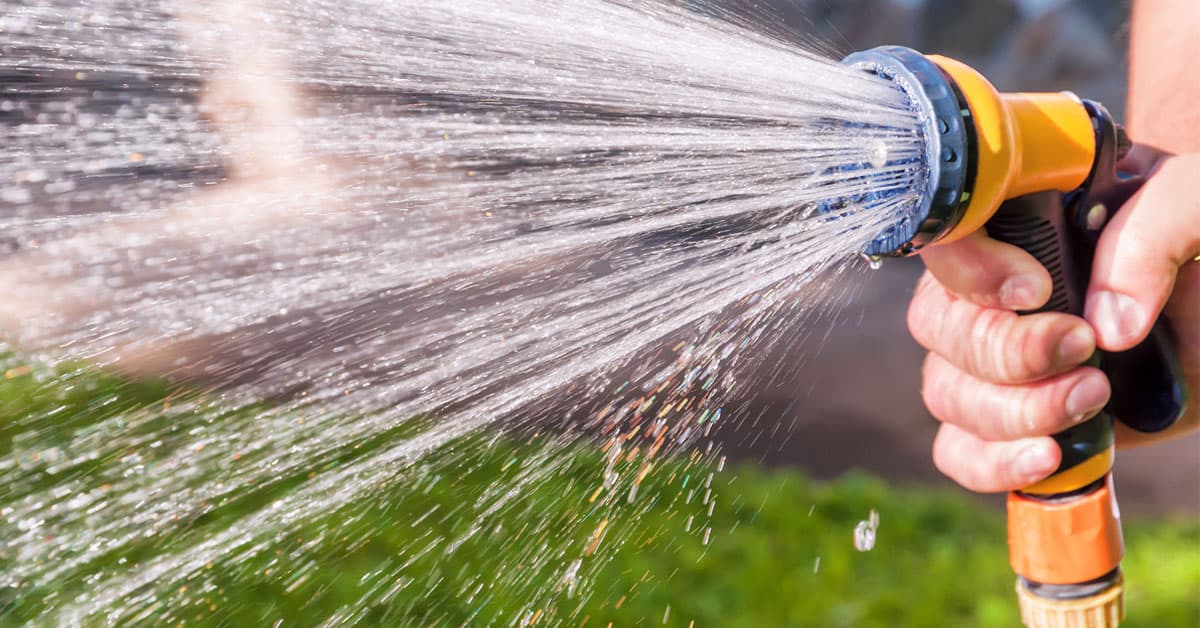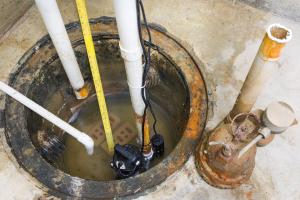An Guide to Correctly Servicing a Sump Pump
An Guide to Correctly Servicing a Sump Pump
Blog Article
This great article below in relation to Steps to Cleaning Your Sump Pump Properly is fairly intriguing. Check it out for yourself and figure out what you think about it.

Sump pumps are essential parts in several homes, specifically in areas susceptible to flooding or extreme wetness. They aid prevent water damage by effectively removing excess water from basements or crawl spaces. Nonetheless, like any other appliance, sump pumps need routine maintenance to ensure they work effectively when required the most. Cleaning your sump pump is an essential part of its upkeep, and comprehending how to do it effectively can save you from expensive repairs and prospective catastrophes.
Intro
Keeping a tidy sump pump is important for its appropriate functioning and durability. Ignoring this vital job can bring about obstructions, breakdowns, and inevitably, water damages to your residential property. Therefore, discovering how to cleanse a sump pump is crucial for home owners who depend on these devices to maintain their basements dry and secured.
Indications of a Dirty Sump Pump
Understanding when your sump pump requires cleansing is critical for stopping prospective malfunctions. Some common indicators that show a dirty sump pump include weird sounds during operation, lowered water circulation, and noticeable particles in the pit. If you observe any of these signs, it's important to clean your sump pump without delay to stay clear of any kind of more concerns.
Planning for Cleansing
Before you start cleansing your sump pump, it's necessary to take some safety and security preventative measures. Begin by turning off the power to the pump to prevent any electrical mishaps. Additionally, use ideal protective equipment, such as gloves and safety glasses, to protect yourself from dust, particles, and possible pathogens.
Recognizing the Sump Pump
Prior to diving into the cleaning procedure, it's necessary to have a standard understanding of how a sump pump works. Usually mounted in a pit or container listed below the basement floor, a sump pump consists of numerous vital elements, consisting of a pump, a float switch, and a discharge pipeline. When water accumulates in the pit, the float switch turns on the pump, which after that pumps the water out through the discharge pipe, far from the structure's foundation.
Step-by-step Overview to Cleaning a Sump Pump
Turning off the Power
Begin by separating the power supply to the sump pump to prevent any type of mishaps while cleaning.
Looking For Correct Functioning
Before re-installing the pump, execute a fast examination to make sure that the float button triggers the pump appropriately. Put some water right into the sump pit and observe the pump's operation. If everything is operating correctly, you can reassemble the pump and reconnect the power supply.
Getting Rid Of Particles and Dust
Use a pail or a scoop to remove any kind of visible debris, dust, or debris from the sump pit. Dispose of the debris properly to stop it from obstructing the pump or the discharge pipe.
Cleaning the Pump and Drift Switch
Once the pit is free from debris, thoroughly get rid of the pump from the pit. Evaluate the pump and the float button for any indicators of damages or wear. Use a soft brush or fabric to cleanse the surface areas and remove any gathered crud.
Flushing the System
After cleaning the pump and float switch, purge the sump pit with clean water to remove any kind of staying dirt or debris. This will aid guarantee that the pump operates smoothly and successfully.
Maintenance Tips to Keep Your Sump Pump Clean
Along with routine cleansing, there are a number of maintenance suggestions you can follow to keep your sump pump in optimal problem:
Final thought
Cleaning your sump pump is a critical aspect of its upkeep and ensures that it operates efficiently when you need it one of the most. By adhering to the steps laid out in this guide and including regular upkeep into your routine, you can prolong the lifespan of your sump pump and secure your home from water damages.
6 STEPS ON HOW TO CLEAN A SUMP PUMP PROPERLY
UNDERSTANDING SUMP PUMPS
Your sump pump plays a crucial role in protecting your home by managing and removing excess water. It primarily functions as a “shield”, guarding your basement against the damaging effects of water accumulation. The pump is housed in a sump pit in the lowest part of your basement, and its job is to pump out any water that collects there.
During heavy rainfalls or when snow melts rapidly, water can infiltrate your basement, posing potential risks like flooding, structural damage, and harmful mold growth. Here, the sump pump springs into action, pumping out the intruding water and directing it away from your home.
SAFETY FIRST
Before cleaning, remember to prioritize safety. Disconnect the sump pump from the power source to prevent any accidental electric shocks. Also, wear sturdy gloves to protect your hands from any sharp or dirty components within the pump.
REMOVE THE SUMP PUMP
After ensuring your safety, the next step is to remove the sump pump from its pit. Doing this might require careful maneuvering as you don’t want to damage any pump components. Once removed, clean the sump pit to remove any accumulated debris or sludge.
INSPECT THE PUMP
Inspect the pump for any visible signs of wear or damage. Check the power cord, float switch, and impeller housing. If any components look worn out or damaged, consider replacing them to ensure optimal performance.
CLEAN THE PUMP
Thoroughly clean the pump with warm, soapy water. Make sure to rid it of any dirt, gravel, or other debris that might impede its performance. You can use a toothbrush to clean the small, hard-to-reach parts of the pump.
REINSTALL THE SUMP PUMP
Reinstall the pump into the sump pit Make sure it’s positioned correctly to remove the water effectively Once it’s back in place, reconnect it to the power source TEST THE PUMP
Finally, pour some water into the pit to ensure the pump works correctly. It should start automatically and begin pumping out the water; if it doesn’t, check the power source and the positioning of the pump.
Remember, while cleaning your sump pump is an essential part of home maintenance, hiring a professional plumber for a thorough inspection and cleaning at least once a year is also important. This will ensure that your pump is in optimal condition, ready to protect your home from potential water damage.
BEST PRACTICES FOR CLEANING SUMP PUMP DISCHARGE PIPES
Regular Inspection: Regularly inspect your discharge pipes, especially during heavy rainfall or snowmelt periods. Look for any signs of blockage or damage. Early detection of problems can prevent serious issues down the line. Periodic Cleaning: Over time, sediment and debris can accumulate in the discharge pipes, impeding the flow of water. Regular cleaning helps keep the pipes clear and functioning efficiently. You can use a high-pressure water jet to effectively clean the pipes. Insulation During Winter: In colder climates, discharge pipes can freeze, blocking the outflow of water. Protect your discharge pipes from freezing temperatures by insulating them with foam pipe insulation. This will ensure the sump pump can continue to discharge water even in freezing conditions. Proper Positioning: The discharge pipe should be positioned to direct water away from your home’s foundation. Improper positioning can lead to water seeping back into the basement. Ensure the pipe is long enough and angled correctly. Installation of a Check Valve: A check valve prevents water from flowing back into your sump pit after the pump has pushed it out. Installing a check valve helps maintain the efficiency of your sump pump and reduces the risk of flooding. Minimize Pipe Turns: Every curve or turn in the discharge pipe can decrease the efficiency of water flow. By minimizing turns and bends in your discharge pipe, you can increase the efficiency of your sump pump. https://www.fullspeedplumbing.com/how-to-clean-a-sump-pump-properly9999/

I recently found that blog posting about Keep Your Sump Pump Clean, It'll Keep You Dry when doing a lookup on the search engines. Are you aware of another person who is in the market for the subject? Please feel free to promote it. I appreciate your readership.
Book A Service Report this page